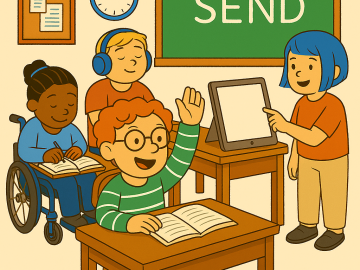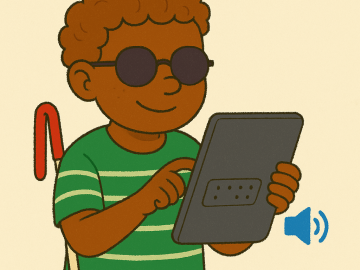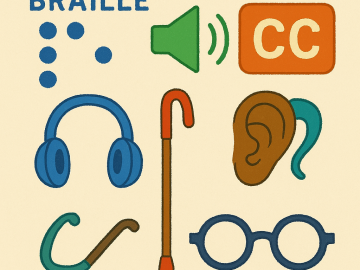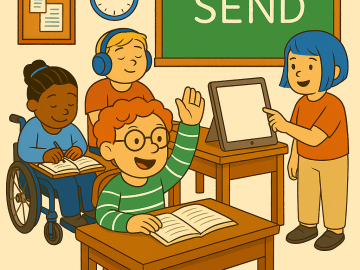SEND students can face online safety challenges that extend beyond the school day. Settings such as residential provisions and school transportation create additional contexts in which digital risks may arise and require thoughtful planning.
In residential schools or boarding environments, students often have increased unsupervised access to devices. This independence can be positive but also demands robust safeguarding. Customised content filtering should balance safety with the need for family communication, especially for children who rely on digital means to stay in touch with loved ones.
Other Settings to Consider
Clear policies around device usage in residential settings are essential. These should outline permitted times, acceptable activities, and supervision arrangements. Involving students in developing these policies can enhance understanding and compliance.
Staff working in residential settings may need additional training in digital literacy, particularly when supporting students with complex needs. Informal educational opportunities, such as group discussions or peer mentoring, can be used to reinforce safe online habits.
Transportation to and from school presents another potential gap in supervision. Students using taxis or buses may access unfiltered mobile networks or engage in peer interactions that go unnoticed. Setting device-use expectations for journeys, such as device-free travel or supervised screen time, can help reduce risks.
Addressing Gaps Through Education
Creating travel-specific learning scenarios in PSHE lessons can help students prepare for real-life challenges. These might include responding to unwanted photo sharing or knowing what to do if a peer shows them inappropriate content.
Peer support systems, like travel buddies, can foster accountability and reduce risky behaviours. Additionally, schools should work closely with transport providers, offering basic safeguarding training to drivers (and their escorts) and establishing clear reporting protocols for concerning behaviour.
By proactively addressing these extended environments, schools create a more comprehensive safety net. A truly inclusive approach to online safety considers every setting where a child might go online, ensuring their safety and wellbeing is supported around the clock.





